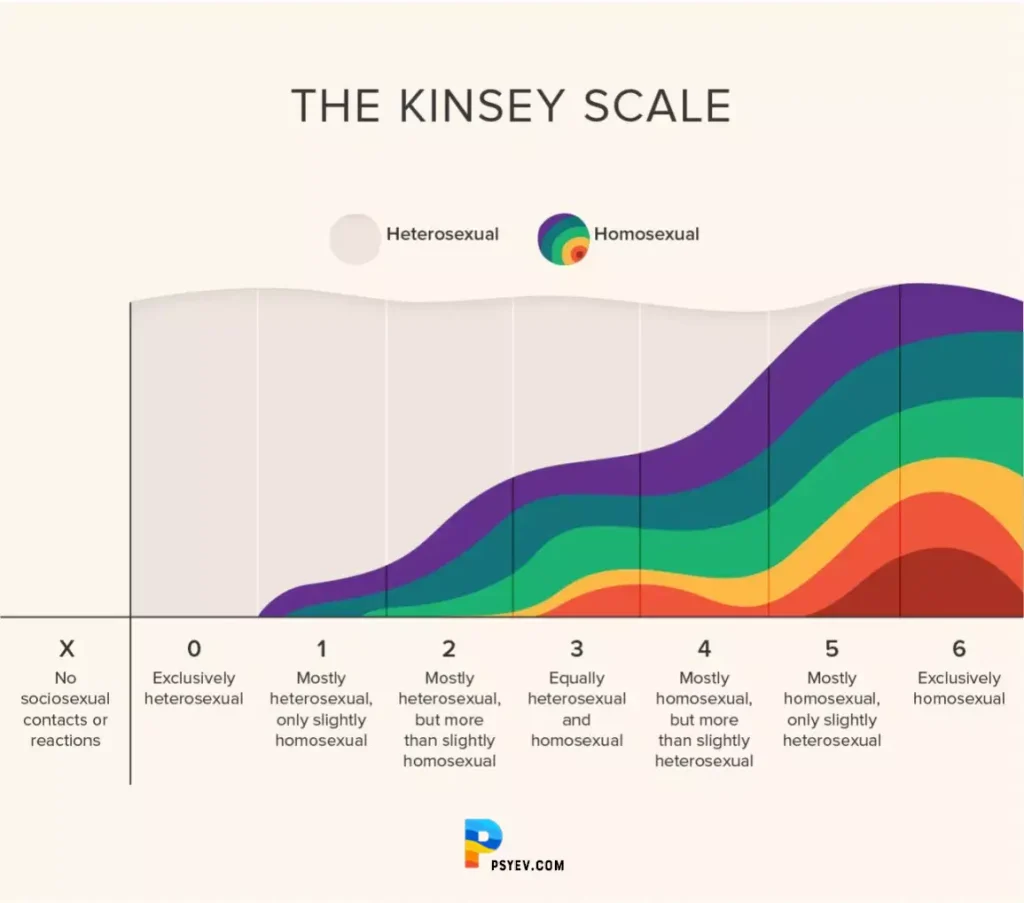What is the Kinsey Scale and what does it measure
The Kinsey Scale is a tool that can help you understand your sexuality. It was created by Dr. Alfred Kinsey in the 1940s, and it has been used by millions of people over the years to better understand their own unique sexual identity. The scale ranges from 0 (completely heterosexual) to 6 (completely homosexual), and it provides a more nuanced view of human sexuality than the simple “gay” or “straight” labels that are often used. If you’re curious about where you fall on the Kinsey Scale, read on for more information!

Frequently Asked Questions
Psychological tests are used in a variety of settings in order to assess a person’s mental state and abilities. Psychological testing can be used to screen job applicants, diagnose mental illness, and provide treatment recommendations.
There are a number of different characteristics that can be used to describe psychological tests. However, the five most important characteristics of psychological tests are:
Reliability: This refers to the consistency of a test. A reliable test is one that produces the same results each time it is administered.
Validity: This refers to how well a test actually measures what it is supposed to measure. A valid test is one that accurately assesses the construct it is designed to measure.
Objectivity: This refers to the impartiality of a test. An objective test is one that is not influenced by the personal biases of the individual administering the test.
Fairness: This refers to the ability of a test to treat all individuals fairly. A fair test is one that does not unfairly advantage or disadvantage any particular group of people.
Utility: This refers to the usefulness of a test. A test is said to have utility if it can be used to effectively achieve its purpose.
Psychological tests measure behavior in a number of different ways. One of the most common methods is the use of self-report measures. Self-report measures ask individuals to report their own thoughts, feelings, and behavior.
Other common methods used to measure behavior include observation, interviews, and behavioral tasks. Observation involves observing an individual’s behavior in a naturalistic setting. Interviews involve asking individuals questions about their thoughts, feelings, and behavior.
Behavioral tasks involve asking individuals to perform specific tasks or activities in order to assess their behavior. These tasks can be either laboratory-based tasks or real-world tasks.
There are a number of different tools that can be used for psychological testing. Some of the most common tools include:
- self-report measures
- observation
- behavioral tasks
Psychological testing can be used to diagnose a number of different conditions. Some of the most common conditions that can be diagnosed with psychological testing include mental illness, learning disabilities, and developmental disorders.
Table of Contents
What is Your Sexual Orientation? Find Out with the Kinsey Scale Test
What is your sexual orientation? Do you know how to measure it? The Kinsey Scale is a test that measures heterosexuality and homosexuality. It has been used for many years as a way to determine people’s sexuality. This quiz will help you figure out where you fall on the scale. It is important to know your sexual orientation because it can affect your life in many ways.
The Kinsey Scale Test is a great way to gain a better understanding of your sexuality. No matter what your score is, it’s important to remember that there is no right or wrong answer.
What the Kinsey scale is and how does it work
The Kinsey Scale is a test that was developed by Dr. Alfred Kinsey in order to measure an individual’s sexual orientation. It ranges from 0, meaning exclusively heterosexual, to 6, meaning exclusively homosexual.
How Does the quiz work?
The test works by asking a series of questions about an individual’s sexual experiences and attractions. Based on the answers, the individual is then placed somewhere on the Kinsey Scale.
Who the test is designed for?
The Kinsey Scale Test is designed for anyone who wants to better understand their sexuality. Whether you’re questioning your sexual orientation or you simply want to learn more about yourself, this test can give you some valuable insights.
Kinsey scale test is not just for people who are questioning their sexuality; it can be taken by anyone who wants to learn more about themselves.
Taking the test
To take the test, simply answer each question as honestly as possible. There are no right or wrong answers, so just go with your gut. The questions will ask about your attractions, behaviors, and fantasies.
Taking the Kinsey Scale Test is easy: simply answer each question as honestly as possible. The questions may seem personal, but remember that you’re anonymous and everything is confidential.
Scoring
The Kinsey scale is one way to examine human sexuality. The scale, which was developed in the 1940s by sexologist Alfred Kinsey, ranges from 0 to 6. The lowest number on the scale, 0, indicates that a person is exclusively heterosexual, while the highest number, 6, indicates that a person is exclusively homosexual.
The numbers in between these two extremes indicate varying degrees of both heterosexual and homosexual attraction. While the Kinsey scale is not the only way to look at human sexuality, it provides a helpful way of understanding the complex range of human sexual experience.

How your Kinsey score can affect your life?
While your Kinsey score may not seem like a big deal, it can actually have a pretty significant impact on your life. For one, it can affect the way you view yourself. If you score on the higher end of the scale (4-6), you are likely to see yourself as gay or lesbian. If you score on the lower end (0-2), you are likely to see yourself as heterosexual.
Your Kinsey score can also affect your relationship with others. If you have a higher score, you may be more likely to seek out relationships with people of the same sex. If you have a lower score, you may be more likely to seek out relationships with people of the opposite sex.
Your Kinsey score can also affect your mental and emotional health. Studies have shown that people who have a higher Kinsey score are more likely to suffer from depression, anxiety, and other mental health disorders.
This is likely because they feel like they don’t fit into the “normal” world and may feel like they’re not good enough. If you think you may be suffering from these disorders, it’s important to seek help from a mental health professional. Taking the Kinsey scale test can help you understand your sexuality better and may even help you find peace with it.
Validity
The Kinsey Scale Test is based on the work of Dr. Alfred Kinsey, who pioneered research into human sexuality in the mid-20th century.
His studies were some of the first to look at sexuality from a scientific perspective, and his work has been hugely influential in our understanding of human sexuality.
Recommended next steps
If you’re happy with your score and you feel like you understand your sexuality better, then great! If not, there are plenty of resources out there to help you learn more.
Referrences
If you want to learn more about the Kinsey Scale Test, check out these references:

The A to Z Guide on Sexual Orientation and Gender Identity
In today’s increasingly diverse and inclusive world, it is more important than ever to understand and appreciate the complexities of sexual orientation and gender identity. Our comprehensive A to Z Guide on Sexual Orientation and Gender Identity is an essential More

Overcoming Anhedonia Together: Strengthening Relationships Amidst the Struggle
Anhedonia, the inability to experience pleasure from typically enjoyable activities, has a profound impact on individuals and their relationships. While this condition is often associated with depression, its effects extend beyond personal emotions and can significantly influence social life and More

Powerful Insights: Anhedonia and Depression
An Introduction to Anhedonia and Depression It’s common for people to experience a lack of motivation or pleasure in their lives. However, when this feeling persists and affects your overall well-being, it could be a sign of a deeper issue. More
Take The Kinsey Scale Test
The test is not meant to be definitive, but rather to provide individuals with a way to explore their own sexuality. It is also important to note that sexual orientation can change over time, so someone’s result on the Kinsey Scale test may not be indicative of their orientation for their entire life.
If you’re curious about your sexual orientation, why not take the Kinsey Scale test? It’s a quick and easy way to get some insight into your sexuality. Who knows, you might just learn something new about yourself!


